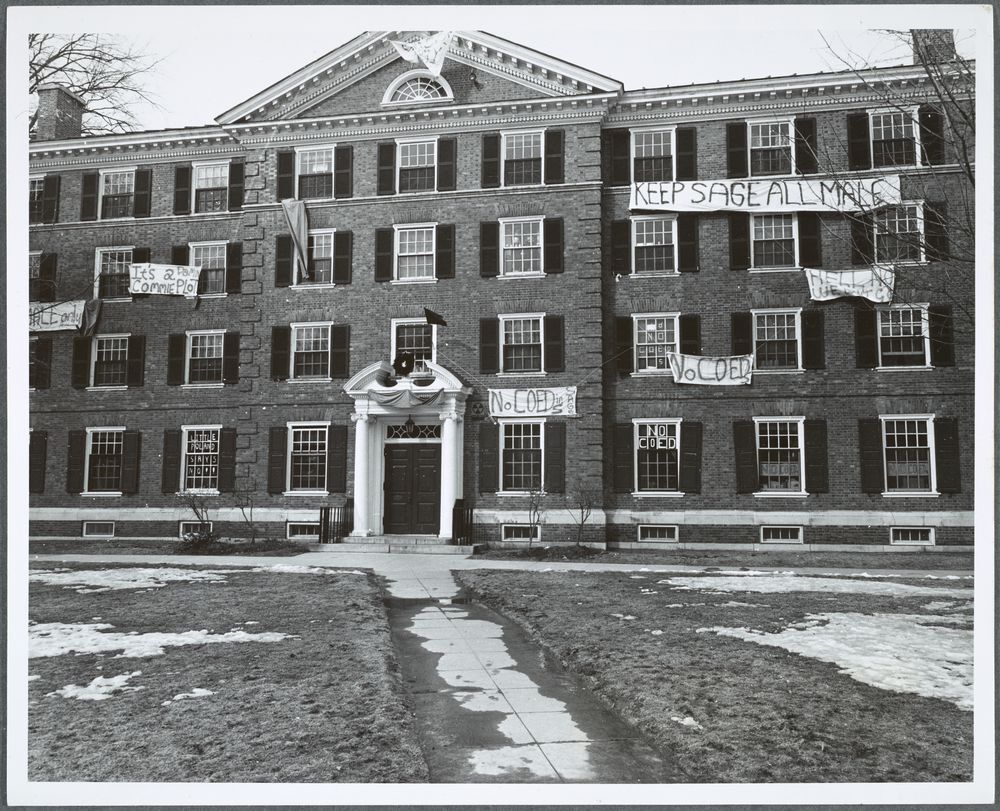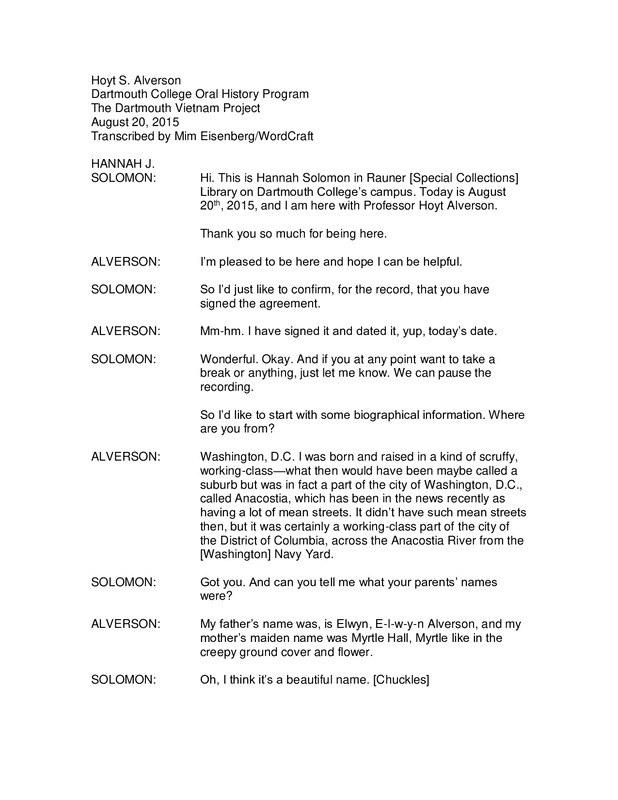To Be Woman: Coeducation, the D-Plan and the Freshman Year Experience
While John Kemeny was president of the tradition-loving college on the hill, Dartmouth began turning over a new leaf in many structural avenues. Along with the beginning of coeducation came the institution of the D-Plan and the Freshman Year Experience. The Dartmouth Plan was proposed as a solution to the problem of increased, newly coed class numbers that would allow flexibility with enrollment and increased off-campus study opportunities. Most importantly, it limited a housing crisis as the number of new students enrolled exceeded the number of beds available at the school. Concurrent with the introduction of the D-Plan was the revised Freshman Year Experience, intended to facilitate community among new classes and diminish the stark transition from high school to college, providing students with uniformed and standardized educational instruction and access. Yet with these compounded changes came pushback, most resoundingly in response to the introduction of coeducation.
In Hanover, Monica bore witness to misogynist hostility carried out by male peers who in certain instances united across the color lines in opposition to coeducation. Evidence of this rampant female intimidation and gender discrimination in the years following coeducation — and up until the later institution of gender-blind admissions— can be seen in utilization of the term ‘cohog’ within the sexually derogative letters sent anonymously to residents of Woodward Hall, the all-female dorm, or in the term's validation upon the song ‘Our Cohogs’ being chosen in the annual Green Key Song of the Hums contest. During this time, embedded within the female Dartmouth student experience were structural inequality and opposition from both peers and the administration. In an oral history with Hoyt Alverson, Professor Emeritus of Anthropology at Dartmouth College, Alverson recalls his time as a faculty member during the late 60s and 70s and comments on President Kemeny’s lesser-known proposals for coeducation. Alverson mentioned Kemeny's proposal to create an associated women’s school that would teach “subjects [that] women were interested in.” Even bolder, Alverson claims that sex-blind admissions weren’t actually implemented at Dartmouth until around 1979 when a vote by trustees led to fully a sex-blind admissions policy with Kemeny being a dissenting vote. This is a very interesting and different legacy than is typically believed today, and one that more than likely conflicted with federal Title IX mandates.


